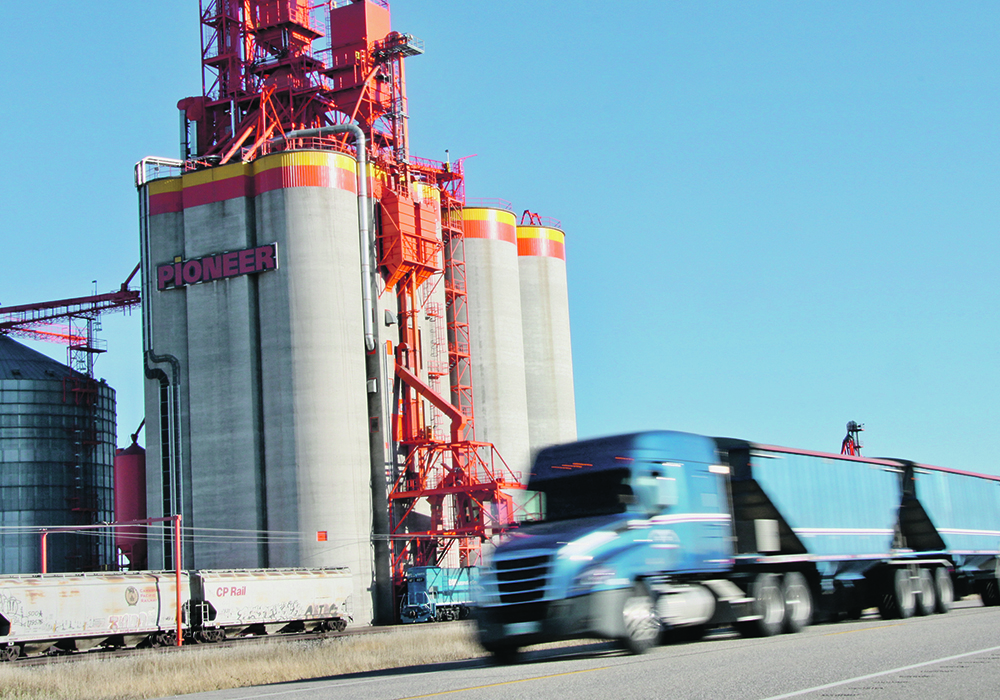When farmers sign a grain contract, it’s vital that they understand what the grain company is trying to achieve. That could help avoid the nightmare so many farmers faced after 2021’s short crop.
A farmer might see a grain contract as a means of locking in price and arranging a delivery window, but the company might have an entirely different emphasis, with little concern about the price as long as it gets the quantity. That can come into sharp focus when a farmer doesn’t have enough crop to fulfill the deal.
Read Also

No special crop fireworks expected
farmers should not expect fireworks in the special crops market due to ample supplies.
“Contracts are made for these companies to acquire the grain,” said Javier Vargas in a presentation to Keystone Agricultural Producers at its annual meeting last week. The former grain company grain buyer works for Meyers Norris Penny advising farmers on financial management.
Many farmers got caught last year when the drought hit their crops so hard even conservative contracts made with grain buyers were impossible to fill.
Some buyers were unwilling to let farmers out of their contracts.
To farmers, that seems hard-hearted and even exploitive, but from the grain elevator’s side, it can seem reasonable if you understand how that elevator operates.
As Vargas explained, each elevator needs to bring in enough grain to justify its existence to its owner. The manager and the employees get bonuses based on the amount of grain they move. They don’t want to fall short of what the company expects.
More seriously, once contracted with the farmer, the grain is usually hedged by the company, taking price out of the equation. The company needs that grain to fulfill its own obligations. It can’t easily forgive a farmer’s obligation if it has to go out and obtain that grain at a higher price to meet its own obligations.
The farmer might be looking at the contract as a price-setting mechanism, but the company can see it as a product-acquirement tool, which is what it really cares about. Once it’s bought grain from the farmer it can go out and re-sell it and lock in its handling spread.
If a farmer understands this, he can better move to get out of as much of his obligation as he can if things go south.
“Open dialogue with the elevators on time,” said Vargas.
An early heads-up is likely to find the buyer with more options to deal with the shortfall. It can give the buyer a chance to try to find other grain to replace the farmer’s, or a chance to reduce the penalty involved in getting out of the contract.
“You don’t need to wait until September.”
Also, a general risk management strategy avoids the exposure of grain contracts becoming too extreme. Crop insurance is a beginning, but there are other price, market and financial tools that can also provide shock absorbers for events like a severe drought.
This column has often recommended options contracts as a way of eliminating most of the price risk in grain contracts.
Vargas said farmers should be reading the fine print of their contracts to see what they’re committed to. That includes finding the written form of the contract if a farmer receives a text from the buyer saying that the contracts have changed.
To me, Vargas provided a valuable reminder that farmers and grain buyers can look at contracts in a different way. Understanding the needs of the other side of the deal can help a lot, especially when there’s a problem and the farmer needs to figure out what to do to deal with it.
















